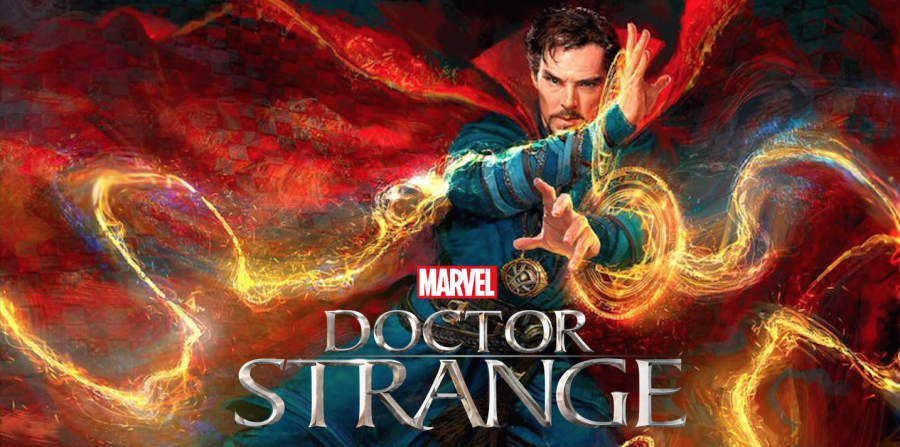Marvel is killing the film industry. Here’s their toxic recipe:
First, take a character from a second-rate one-off comic book from the 1930s that nobody has ever heard of. Make sure that this character reflects simplistic ideals of selfishness, blind patriotism or honor. Make sure he is portrayed by a well-known, handsome actor.
Next, throw in a formulaic story wherein the character acquires super abilities and learns of their responsibilities of saving the world. Following that, recognize how ridiculous it is that this is still a marketable franchise, and use sarcasm and dry humor to convey said message. Throw in a useless female character whose sole purpose is to add “depth” to the protagonist, lightly season with a few token races, and there you have it — a Marvel blockbuster.
Don’t worry if it seems too overdone or shallow: your audience will eat it up like a diabetic cannibal at a “deep-fry” spa.
Written and directed by Scott Dirkenson, “Doctor Strange” follows an arrogant neurosurgeon who abandons his practice after a terrible accident renders his hands useless. He then joins an ancient order of sorcerers that defend the earthly plane from extra-dimensional timeless beings of terror.
Don’t think that I didn’t like the film — I did. I found the visuals mesmerizing and the fight scenes to be fairly well-coordinated. Indeed, a lot of other people liked it too. What annoys me is when moviegoers deign to call films like this “good” and give unwarranted praise and analysis.
In 1938, the English philosopher R.G. Collingwood argued for a distinction between two kinds of art: Amusement art and Magic art.
Amusement art was escapist art — art that took you away from your present reality. To name one modern example: J.K. Rowling’s Harry Potter — an empty pair of pant legs that any reader can put on and experience the wonders of being “special” without any of the flaws that come from being a real character, or whatever that is.
Magic, ironically, is different. Magic art is innovative. Magic art is influential. Magic art would outlast any other media through the trials of time. A modern comparison would be AMC’s “Breaking Bad,” a show that will remain timeless for its brilliant acting, writing and character complexity.
With modern cinema, the problem is that the magic art is getting harder and harder to come by because producers are becoming overly wary of taking risks. The problem with superhero films is that you have an audience before the first picture is even shown. These viewers are nostalgic adults, ignorant kids and sheep just looking to follow the crowd.
The fact that this dependable audience only makes the effort to go to the theaters to watch these films perpetuates a dangerous cycle in which the studios want to milk a given franchise dry.
This is the problem with Marvel — Marvel is just Amusement Art. We can try to read into a superhero film into being more than just an escape from our dull, meaningless lives, but that would just further diminish our overall standard of film when we start comparing escape media with real “magic.”
There’s nothing deplorable about the occasional binge of “Amusement Art.” However, we do have a responsibility as consumers to digest a bit of magic alongside our amusement. We have to be the ones to break the cycle of shallow media influence, because the studios certainly won’t unless we show them that we can truly be trusted with better cinema.
If we reserve our trips to the theater exclusively for the next Marvel movie starring Chris-Downey Cumber-Biscuit, Marvel will keep blitzkrieg-ing our theaters with shells of escapism, blinding us with the constant rain of empty media.
When the rain falls, we can’t keep our heads down — we need to look up; see the storm in all its glory.
I give “Doctor Strange” a solid 8/10. A visual thrill-ride, but a shame that the sorcerer supreme just can’t wield the magic that counts.

